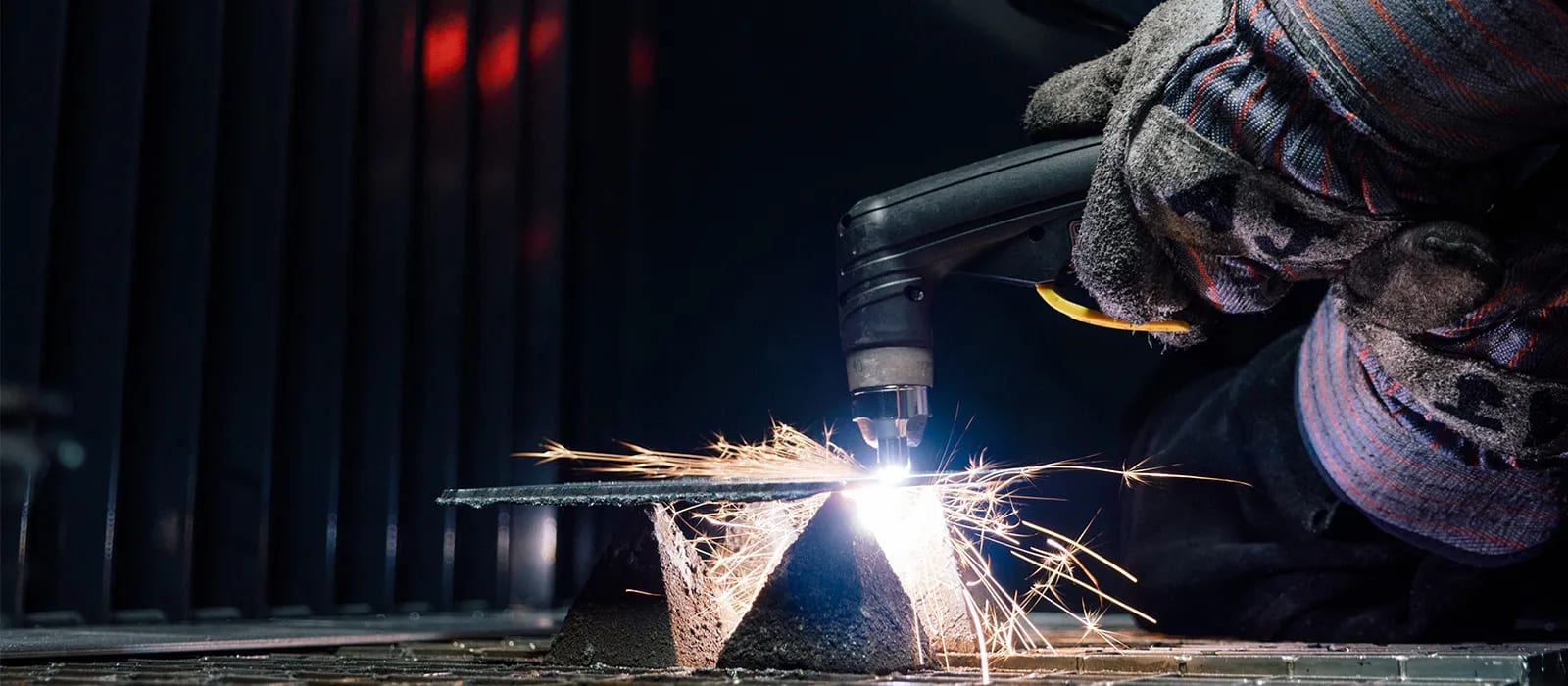Your Complete Manual to Preventing Weld Undercut Like a Pro
Your Complete Manual to Preventing Weld Undercut Like a Pro
Blog Article
Grasping the Art of Welding: Exactly How to Avoid Undercut Welding Issues for Flawless Manufacture Outcomes
By recognizing the root creates of undercut welding and executing reliable methods to stop it, welders can raise their craft to brand-new levels of excellence. In the search of remarkable fabrication outcomes, grasping the art of welding to prevent undercut concerns is not simply a skill however a requirement for those aiming for excellence in their work.
Recognizing Undercut Welding

To avoid undercut welding, welders must make sure proper welding specifications, such as readjusting the present, voltage, travel rate, and maintaining the correct electrode angle. By recognizing the causes of undercut welding and applying preventive measures, welders can achieve top notch, structurally sound welds.
Root Causes Of Undercut in Welding
Understanding the factors that contribute to damage in welding is important for welders to produce high-grade, structurally sound welds. Poor welding inaccurate or existing welding speed can likewise add to damage. Understanding these reasons and carrying out appropriate welding methods can assist stop damaging issues, making sure sturdy and strong welds.
Techniques to stop Undercutting

To mitigate the danger of damaging in welding, welders can utilize critical welding strategies targeted at enhancing the top quality and stability of the weld joints. One effective method is to readjust the welding specifications, such as voltage, current, and travel rate, to make certain correct heat input and deposition. Keeping a suitable electrode angle and ensuring regular travel speed can also assist stop undercut. Additionally, using the right welding method for the certain joint setup, such as weave or stringer beads, can contribute to decreasing undercutting. Preventing weld undercut.
Using back-step welding techniques and managing the weld bead account can additionally assist distribute warmth uniformly and minimize the threat of undercut. Routine evaluation of the weld joint throughout and after welding, as well as carrying out high quality guarantee procedures, can aid in finding and dealing with undercutting issues immediately.
Importance of Proper Welding Parameters
Picking and maintaining appropriate welding parameters is important for achieving successful welds with minimal issues. Welding criteria describe variables such as voltage, present, travel rate, electrode angle, and securing gas circulation price that straight influence the welding process. These specifications need to be thoroughly adjusted based upon the kind of material being bonded, its thickness, and the welding technique utilized.
Appropriate welding criteria make sure the ideal quantity of heat is related to melt the base metals and filler product consistently. If the criteria are established expensive, it can cause excessive warm input, triggering spatter, burn-through, or distortion. On the other hand, if the specifications are also low, insufficient blend, lack of infiltration, or undercutting might happen.
Quality Control in Welding Workflow

Final Thought
Finally, mastering the art of welding needs a comprehensive understanding of undercut welding, its causes, and techniques to avoid it. By ensuring correct welding parameters and applying quality control methods, flawless fabrication outcomes can be achieved. It is necessary for welders to constantly pursue quality in their welding operations to prevent undercut issues and create top quality welds.
Undercut welding, a common problem in welding procedures, occurs when the weld steel does not effectively load the groove and leaves a groove or anxiety along the welded joint.To protect against undercut welding, welders must ensure appropriate welding specifications, such as readjusting the existing, voltage, travel speed, and preserving the proper electrode angle. Inadequate welding existing or inaccurate welding rate can additionally add to damage.To minimize the threat of damaging in welding, welders can employ tactical welding techniques he has a good point aimed at boosting the top quality and stability of the weld joints.In final thought, understanding the art of welding calls for an extensive understanding of undercut welding, its reasons, and strategies to avoid it.
Report this page